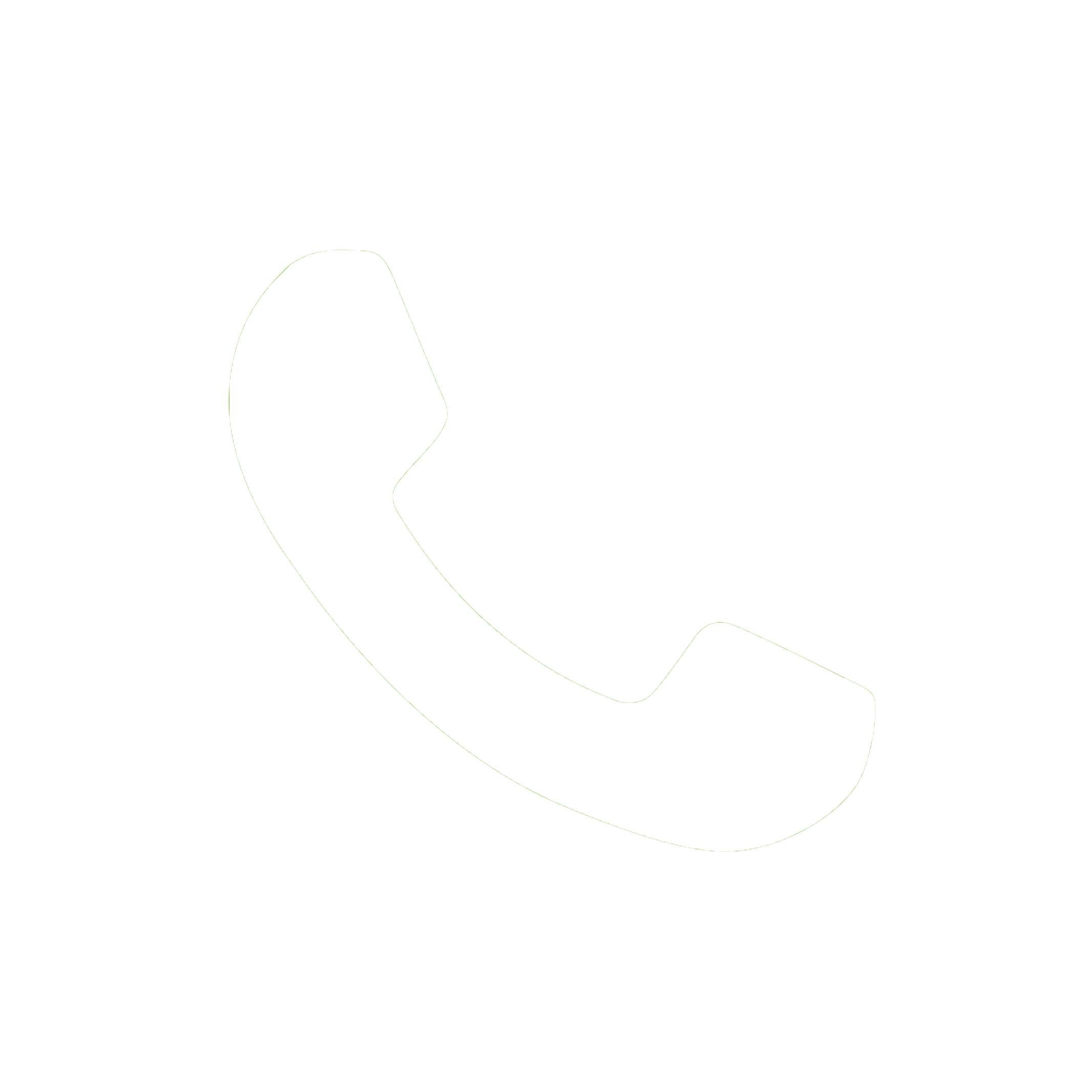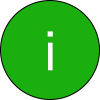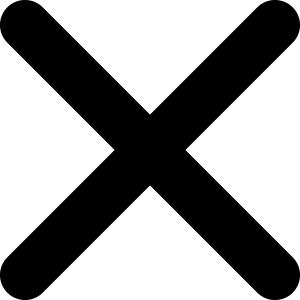


Technical Partner: Electrical engineer who can help develop a compact, low-power sensing device with efficient communication and real-time data handling.
VigilHart
With a rapidly aging population, rising rates of heart disease, and a shortage of healthcare professionals, many patients are sent home from the hospital while they still require close monitoring. The responsibility often falls on informal caregivers, usually a spouse or family member who must now manage complex medical technology designed for younger, tech-savvy users. These "smart" solutions typically involve apps, dashboards, and multi-button interfaces that make the user feel dumb more than they help. There are over 12 million informal caregivers in the EU, and in the Netherlands alone, more than 50% are over 50 years old. Many in this group already struggle with modern smartphones, and yet we hand them clinical-grade tech and expect them to manage in high-stress, life-or-death moments. The result? A 20-minute delay between when a monitoring alarm goes off and when the caregiver responds. For someone recovering from a heart attack or living with chronic cardiac issues, those minutes matter. The problem isn’t that caregivers don’t care. The problem is the tech wasn’t made for them. We want to change that by making the tech adapt to the user, not the other way around.
We want to equip caregivers with something that just works when it matters most. That’s why we’re creating a two-device system designed for ease of use, even for those who don't consider themselves tech-savvy. 1. A wearable device for the patient, tracking heart rate and detecting sudden drops or spikes. 2. A caregiver device that displays real-time vitals and sends an alert if something is wrong. There are no complicated apps or overwhelming dashboards. Just a clear, direct way to know when your loved one needs you- instant awareness, delivered directly and privately. But beneath the surface, VigilHart is powered by sophisticated technology. While the interface is “zero-tech” by design, the system runs high-fidelity monitoring and secure, local data handling. And in the background? The potential for more. With user consent, we aim to responsibly collect and learn from anonymized patterns, eventually building toward predictive modeling. This means the system could one day warn caregivers before something goes wrong, not just after. We see this as part of a larger shift in healthcare: from hospitals to homes, from reactive to proactive care. Our goal is to offer peace of mind now and predictive care later without sacrificing dignity, control, or simplicity.
We’re building a zero-friction health monitoring system that empowers caregivers in real time, while gently evolving to offer more personalized support as it learns.


 Annusuya Ghimire
Annusuya Ghimire

